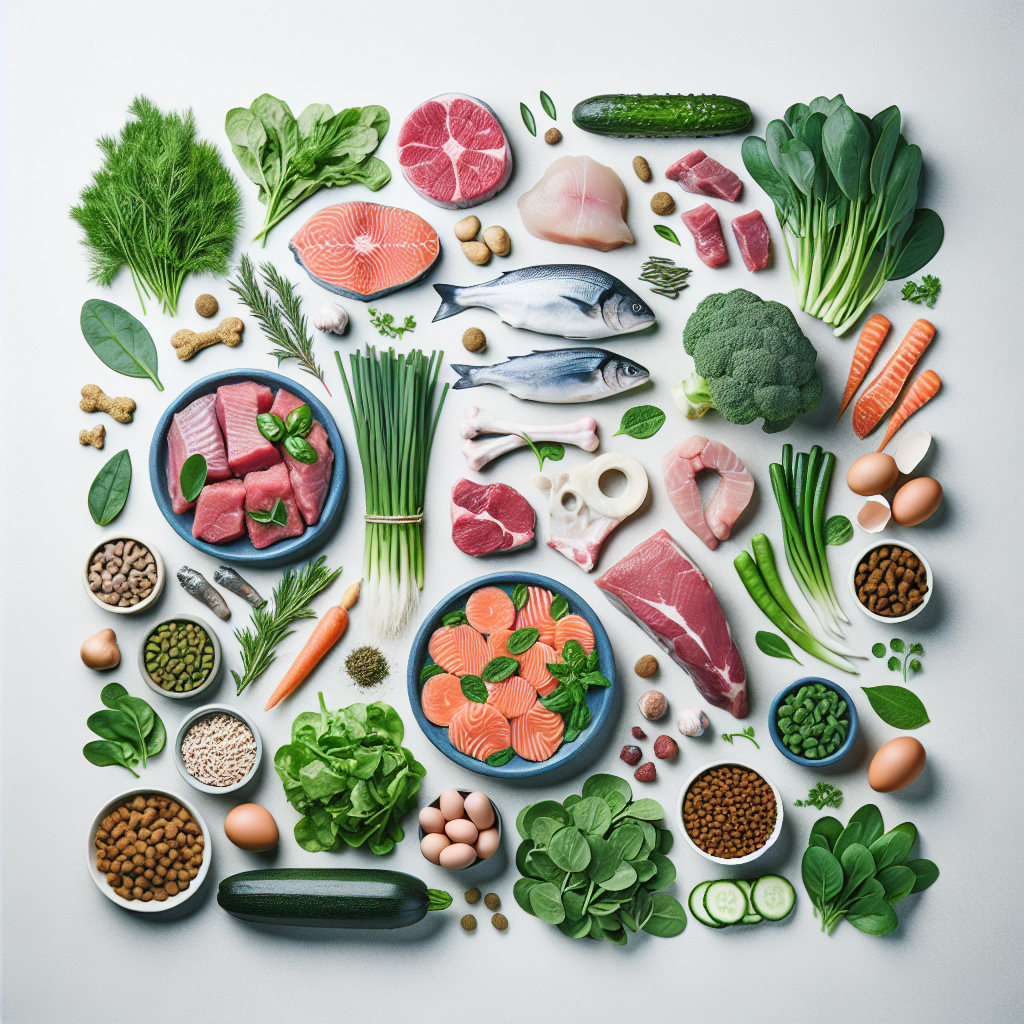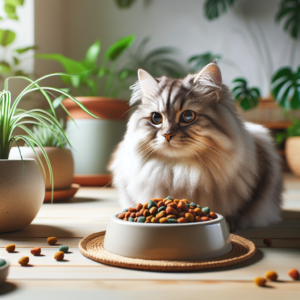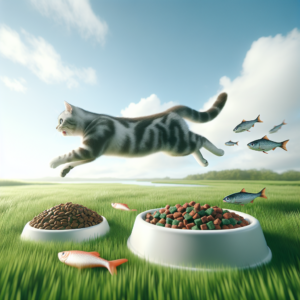
Cats are obligate carnivores, meaning their natural diet in the wild consists mainly of raw meat. This has led many cat owners to consider raw feeding as a way to mimic their pet’s instinctual eating habits and potentially improve their health. A raw diet for cats typically includes uncooked meats, organs, and bones, sometimes supplemented with small amounts of vegetables and other nutrients.
Benefits of a Raw Diet
Feeding your cat a raw diet can lead to several health benefits. Here are some of the most commonly reported:
Improved Digestion
Raw diets are closer to what cats would eat in the wild, which can lead to better digestion. The enzymes in raw food can aid in breaking down food more efficiently, helping to reduce issues such as constipation and diarrhea.
Shinier Coat and Healthier Skin
A raw diet is rich in omega fatty acids, which contribute to a shinier, more lustrous coat and healthier skin. Many cat owners report noticeable improvements in their pets’ fur quality after switching to a raw diet.
Increased Energy Levels
Cats on a raw diet often display higher energy levels and greater vitality. The natural proteins and fats present in raw foods provide sustained energy, which can lead to more active and playful behavior.
Healthier Teeth and Gums
Chewing on raw bones naturally cleans a cat’s teeth and massages their gums, reducing the buildup of plaque and tartar. This can help prevent dental issues and promote overall oral health.
Weight Management
Raw diets can help maintain an ideal body weight for cats. The high protein content and low carbohydrate levels in a raw diet can assist in managing weight and preventing obesity-related health issues.
Components of an Optimal Raw Diet
Creating a balanced raw diet for your cat involves more than just feeding raw meat. Here are the essential components of an optimal raw diet:
Muscle Meat
Muscle meat should make up the bulk of your cat’s raw diet. Common sources include chicken, turkey, beef, and rabbit. It’s important to vary the protein sources to ensure a broad range of nutrients.
Organ Meat
Organs, such as liver, kidney, and heart, are crucial for providing essential vitamins and minerals. They should constitute about 10% of the raw diet. Liver is particularly rich in vitamin A, while heart provides taurine, an essential amino acid for cats.
Raw Bones
Bones are an important source of calcium and phosphorus, necessary for healthy bones and teeth. They also provide mental stimulation and help clean your cat’s teeth. Chicken necks and wings are popular choices, but it’s essential to ensure bones are appropriately sized to prevent choking.
Supplements
While a well-rounded raw diet can cover most nutritional needs, some supplements may be necessary. These can include fish oil for omega-3 fatty acids, taurine if organ meats are lacking, and vitamins such as E and B-complex.
Vegetables and Fruits
Though not a major component, small amounts of vegetables and fruits can provide additional fiber and nutrients. Suitable options include carrots, peas, and blueberries. However, these should never exceed 5% of the diet.
Preparing a Raw Diet
Preparing a raw diet involves careful planning and attention to detail to ensure it meets your cat’s nutritional needs.
Quality and Sourcing
Always use high-quality, human-grade meats to reduce the risk of contamination. It’s advisable to purchase from reputable sources that practice sustainable and ethical farming.
Hygiene and Safety
Practicing good hygiene is crucial when handling raw food. Wash your hands, utensils, and surfaces thoroughly to prevent bacterial contamination. Store raw food in sealed containers in the refrigerator or freezer.
Balanced Recipes
Ensure your recipes are balanced over time by varying protein sources and rotating organs. Consulting with a veterinarian or a pet nutritionist can help tailor the diet to your cat’s specific needs.
Transitioning to a Raw Diet
Transitioning your cat to a raw diet should be done gradually to avoid digestive upset.
Start Slowly
Begin by introducing small amounts of raw food alongside their regular diet. Gradually increase the proportion of raw food over several weeks.
Monitor Health
Observe your cat’s health and behavior during the transition. Look for any signs of digestive upset or allergic reactions, and adjust the diet accordingly.
Consistency
Once fully transitioned, maintain consistency in feeding times and portions to help your cat adapt to their new diet.
Potential Challenges and Considerations
While raw feeding has many benefits, it also comes with challenges.
Risk of Bacterial Contamination
Raw diets can pose a risk of bacterial contamination, such as Salmonella or E. coli. Ensuring proper handling and sourcing of raw ingredients can mitigate this risk.
Nutritional Imbalance
A poorly formulated raw diet can lead to nutritional deficiencies or imbalances. Consulting with a veterinarian or an animal nutritionist is advisable to ensure your cat receives all necessary nutrients.
Cost and Time
Raw feeding can be more time-consuming and expensive than commercial diets. It requires commitment to meal prep and sourcing quality ingredients.
Conclusion
An optimal raw diet can offer numerous health benefits for cats, provided it is carefully planned and balanced. By understanding the components of a raw diet and how to implement it safely, cat owners can contribute to their pets’ overall well-being. Always consult with a veterinarian or a pet nutritionist when making significant changes to your cat’s diet to ensure it meets their specific health needs.
#ChatGPT assisted in the creation of this article.







